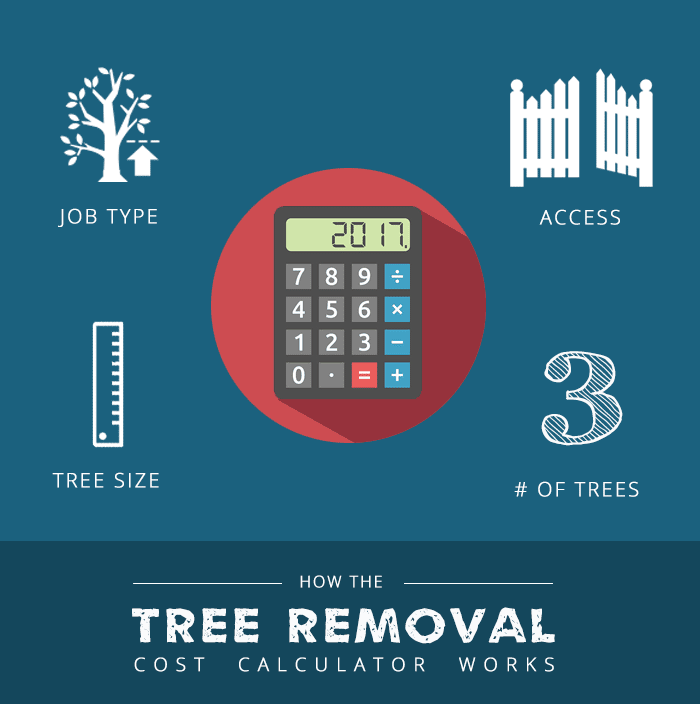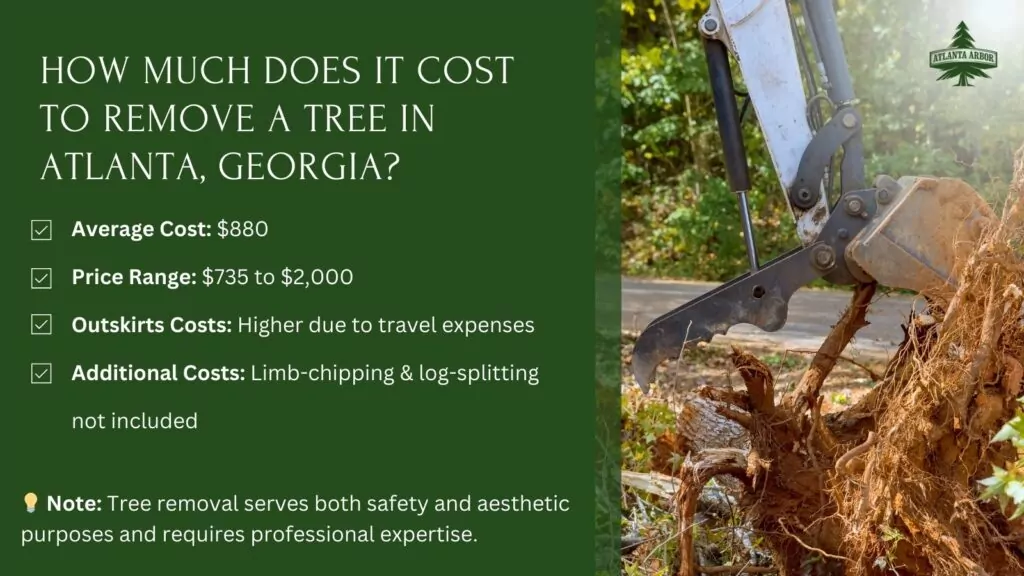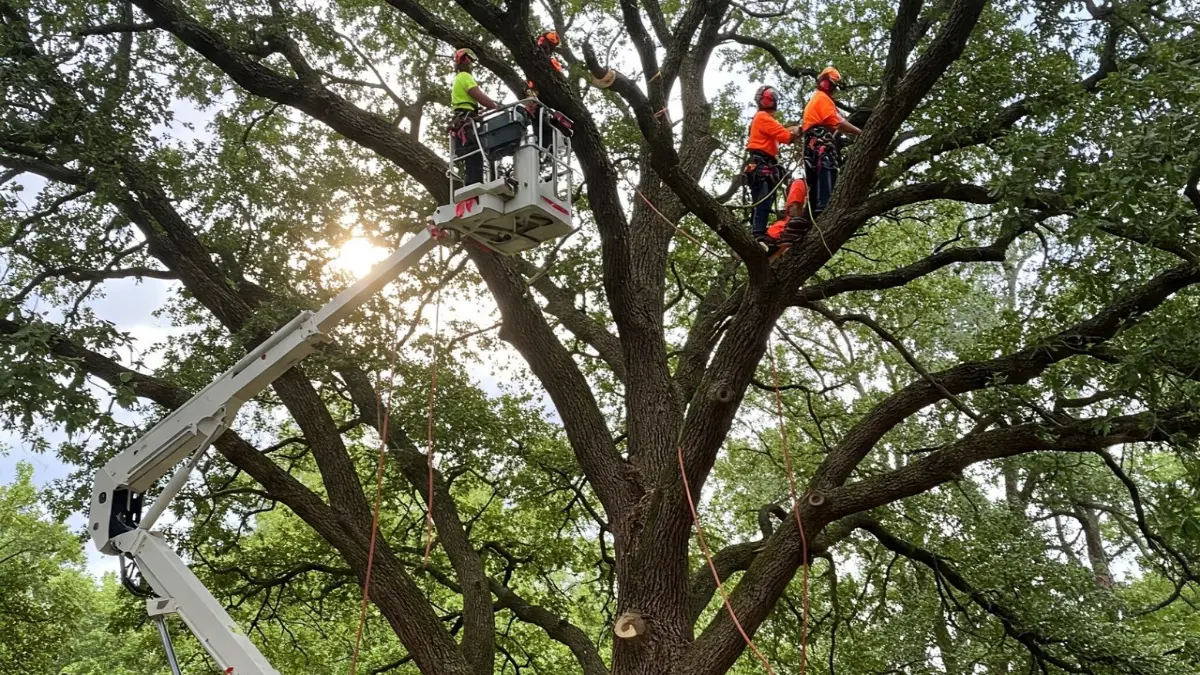Featured
Table of Contents
- – Hamilton, AL Tree Cutting Price Estimator
- – Standard Tree Service Costs In Hamilton, AL
- – Hamilton, AL Arborist: What Customers Say
- – Hamilton, AL Tree Cutting Service Charges
- – Hamilton, AL Stump Grinding Cost Breakdown 2025
- – Hamilton, AL Stump Removal Specialists: Pricing
- – Lease Tree Cutting Options In Hamilton, AL
- – Custom Tree Trimming Costs In Hamilton, AL
- – Long-Term Stump Grinding Costs In Hamilton, AL
- – Hamilton, AL Area Arborist Prices: Complete ...
- – Why Are Hamilton, AL Tree Cutting Worth It
- – Hamilton, AL Tree Removal Installation Cost ...
- – Basic Tree Service Packages In Hamilton, AL:...
- – Hamilton, AL Arborist Pricing: Complete Guide
- – Hamilton, AL Stump Removal Market Rates

The subsections listed below supply more detailed info about rates, including an average range for each. TypeAverage Elimination CostPineConiferPalmMagnoliaArborvitaeAshCedarSweet GumEucalyptusSycamoreCypressOakMaplePoplar You can expect to pay between to remove a pine, depending on its size. Getting rid of a pine is among the more budget-friendly tasks unless it is one that has actually been around for many years and is rather big.
Hamilton, AL Tree Cutting Price Estimator
Pines likewise have a tap root that grows deep into the soil, which can prove to be more tough to remove. The procedure itself includes a specialist cutting the tree, clearing the base, cutting the surface area roots, getting rid of the stump, and finally dealing with the soil. Without an expert hand, you risk leaving pine seedlings behind, which will fall from the roots of distressed pines.
Standard Tree Service Costs In Hamilton, AL
The U.S. national average for conifer elimination is approximately to have the conifer cut down, hauled away, and the stump ground or removed totally. Conifers are normally easier to eliminate, and although they can grow quite high, they do not cost a fortune to remove. Conifers consist of pine, spruce, fir, and juniper trees.
Hamilton, AL Arborist: What Customers Say
While conifers are gorgeous, they eliminate native plants and certain types of yard. This is since they need a lot of water and nutrients to survive, so they leach it off surrounding plants. They also have an expansive network of roots, which can impact your home's foundation. The average rate of palm removal depends on the height as much as the type, varying from.
Hamilton, AL Tree Cutting Service Charges
That is why it is necessary to know which type you are removing. While you do not require an herbicide to eliminate a palm tree, there are some steps your elimination professional will have to take to make sure the task is done properly. There are two ways they can get rid of them: by chopping them down or digging them up.
Hamilton, AL Stump Grinding Cost Breakdown 2025
This is because little animals like rats and scorpions often live in them. Plus, lots of types will have spikes, too. From there, they remove the actual tree and then the stump. Expect to pay between to remove this type of tree, depending on the exact size and details of the task.
Hamilton, AL Stump Removal Specialists: Pricing
There are three types: green, white, and black ash. White ash is known for its numerous colors. With its gray-tinged bark, its leaves are green or purple in the spring and golden yellow or purplish-red in the fall. They delight in moderate environments and lots of sun. The green ash is named such due to its green or yellow foliage.
Lease Tree Cutting Options In Hamilton, AL

However, the bark is softer, and it blooms later in the year. Due to the variation in height, the removal price variation is broad from. A coniferous, evergreen tree, the cedar is a sturdy species. True cedars delight in greater altitudes, primarily in the Himalayas and the Mediterranean. A real cedar can grow as high as 160 feet in height and is frequently planted in the United States as a landscape option.
Custom Tree Trimming Costs In Hamilton, AL
The development of false cedars differs from 50 feet up to 230 feet high. With star-shaped leaves and spectacular fall colors, the sweet gum is thought about a medium to large tree.
Long-Term Stump Grinding Costs In Hamilton, AL
It has a big root base of 40 to 50 feet, which affects the elimination expense. Usually, it costs in between to eliminate a eucalyptus. Eucalyptus are not typical all over, however they are quite big compared to others, which is why even the smaller sized ones are so expensive to get rid of. Originally from Australia, eucalyptus are invasive plants that grow in thick groves that take out native plants.
Hamilton, AL Area Arborist Prices: Complete Guide
There are a handful of methods to do this, including burning, pulling, grinding, or eliminating them with herbicide. Anticipate to pay between to remove sycamores, based upon the height, trunk size, and quantity of work included. Sycamores are among the biggest wood trees, generally varying from 60 to 100 feet high and as wide as 15 feet.
Why Are Hamilton, AL Tree Cutting Worth It
The first 2 steps will expose the within the tree and cut off the circulation of nutrients up the trunk. From there, a professional uses herbicide to eliminate the tree and reduce the trunk. They will eliminate the stump. Otherwise, brand-new sprouts may grow from it. Cutting down and removing a mature cypress could cost as much as.
Hamilton, AL Tree Removal Installation Cost Guide
There are various kinds of Cypress trees, however the most prevalent are the Leyland, Arizona, Bald, and Italian. The Bald Cypress grows in swampy or really damp locations while the others enjoy a dry, warm, or hot environment (tree cutting). They can grow as high as 80 to 100 feet tall
Basic Tree Service Packages In Hamilton, AL: Pricing

Prone to diseases, the Cypress is one of the most prized woods for furnishings. The average oak grows to around 60 feet, and depending on the complexity of the elimination, it costs an average of to eliminate. The specific size of your oak and the effort required to fell it affect what you will in fact pay for elimination together with any extra services like stump grinding.
Hamilton, AL Arborist Pricing: Complete Guide
Access to the trees and the roots will also impact the total expense. Maples are generally among the more expensive trees to eliminate due to the fact that of their size and the work included in the elimination.
Hamilton, AL Stump Removal Market Rates
Poplars are giants of the types. Growing as high as 90 to 115 feet, these enormous woods are primarily found in North America and consist of the aspen, cottonwood, and balsam trees. Boasting an expansive root system, poplars can be pricey to remove when completely grown. The procedure to get rid of trees includes all the trimming and cutting of the branches and trunk, bringing it down to a stump.
Table of Contents
- – Hamilton, AL Tree Cutting Price Estimator
- – Standard Tree Service Costs In Hamilton, AL
- – Hamilton, AL Arborist: What Customers Say
- – Hamilton, AL Tree Cutting Service Charges
- – Hamilton, AL Stump Grinding Cost Breakdown 2025
- – Hamilton, AL Stump Removal Specialists: Pricing
- – Lease Tree Cutting Options In Hamilton, AL
- – Custom Tree Trimming Costs In Hamilton, AL
- – Long-Term Stump Grinding Costs In Hamilton, AL
- – Hamilton, AL Area Arborist Prices: Complete ...
- – Why Are Hamilton, AL Tree Cutting Worth It
- – Hamilton, AL Tree Removal Installation Cost ...
- – Basic Tree Service Packages In Hamilton, AL:...
- – Hamilton, AL Arborist Pricing: Complete Guide
- – Hamilton, AL Stump Removal Market Rates
Latest Posts
Robertsville, NJ Tree Trimming Cost Variables
Kenner, LA Tree Service Market Rates
Hewitt, TX Arborist Reviews: Real Experiences
More
Latest Posts
Robertsville, NJ Tree Trimming Cost Variables
Kenner, LA Tree Service Market Rates
Hewitt, TX Arborist Reviews: Real Experiences